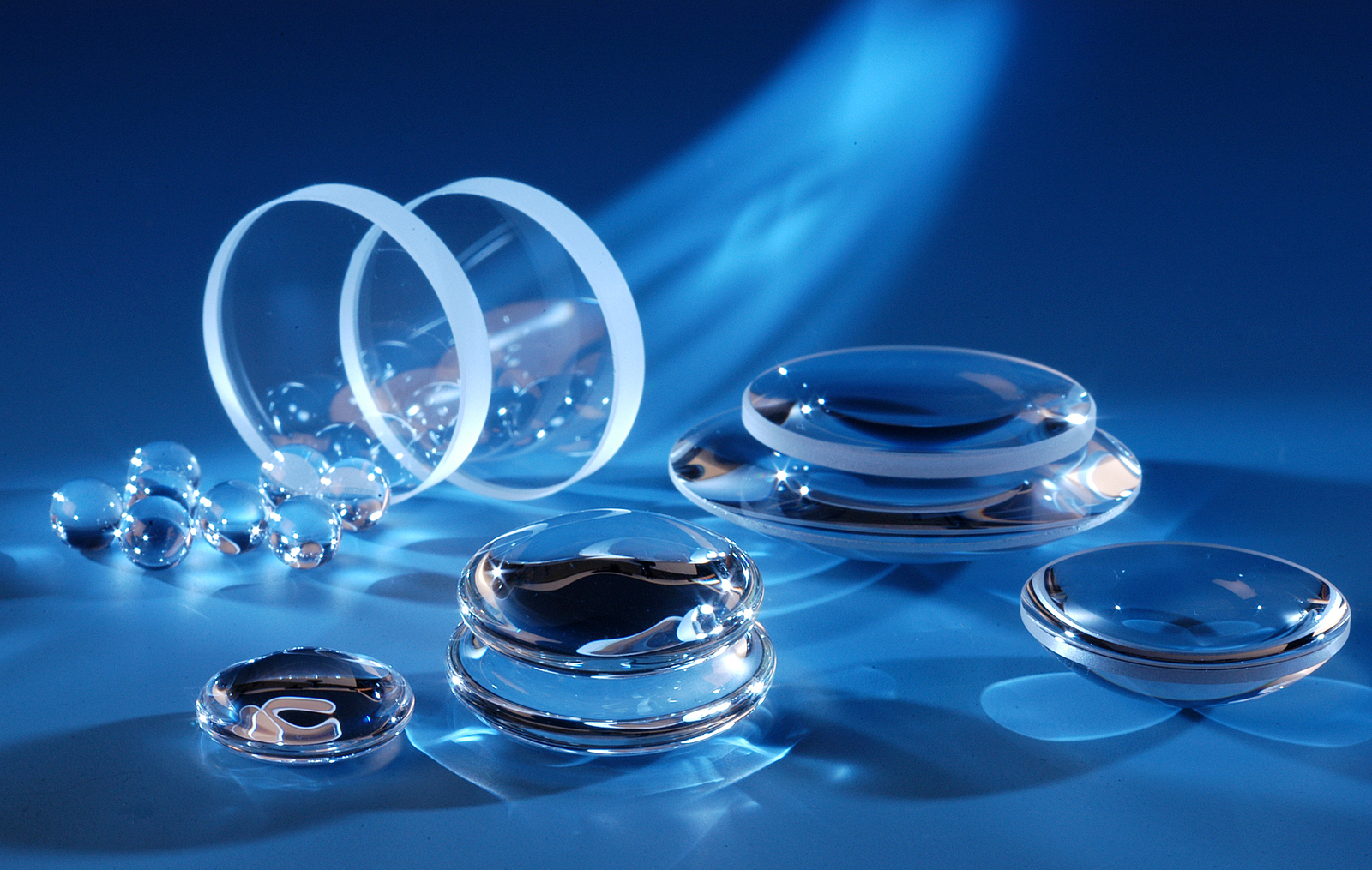Hello!
Optical glass is an incredibly useful material used in optics, such as telescopes, microscopes, and cameras. It is also found in many everyday items like eyeglasses and sunglasses. But what actually goes into the optical design process?
 This article will explain the process of how optical glass is manufactured, from start to finish. By the end of the article, you’ll know exactly how optical glass is made and be able to appreciate its intricate craftsmanship.
This article will explain the process of how optical glass is manufactured, from start to finish. By the end of the article, you’ll know exactly how optical glass is made and be able to appreciate its intricate craftsmanship.
Step One: Raw Material Batching
The first and most important step in the optical glass manufacturing process is raw material batching. This involves mixing and combining a variety of compounds according to a detailed recipe, as well as ensuring that each ingredient has been properly blended. The specific types of materials used can vary depending on what type of optical glass is being created, but they typically include metal oxides, sand, boron, and other ingredients.
Step Two: Forming the Glass Blanks
Once the raw material batch is ready, it is heated in a furnace to form molten glass blanks. This step requires precise temperature control and careful monitoring of the process since any changes could have a major impact on the optical properties of the finished product. The molten glass is then cast into molds and cooled before being further processed.
Step Three: Refining/Degasification
 Once the blanks have been formed, they are ready to be cut and polished. This step involves cutting the blanks into precise shapes with a diamond cutter, followed by polishing them to give them their distinctive optics-ready finish. Before this step can be completed, however, the blanks must first undergo a process called refining or degasification. This is done to remove any impurities and unwanted gases that may have been trapped in the glass during the initial manufacturing process.
Once the blanks have been formed, they are ready to be cut and polished. This step involves cutting the blanks into precise shapes with a diamond cutter, followed by polishing them to give them their distinctive optics-ready finish. Before this step can be completed, however, the blanks must first undergo a process called refining or degasification. This is done to remove any impurities and unwanted gases that may have been trapped in the glass during the initial manufacturing process.
Step Four: Homogenization
The next step is called homogenization. Homogenization is a process that helps ensure uniformity across the entire optical glass product. It involves heating up the blanks and then passing them through a set of rollers or plates in order to even out any minor imperfections. This helps to create an even distribution of properties throughout the finished product, resulting in higher-quality optical glass.
Step Five: Forming
Forming involves pressing, stretching, or bending the material into its desired shape using specialized processing equipment. This is where the crafting of each individual piece of optical glass begins and is typically done by hand to ensure that the highest standards of quality are maintained.
Step Six: Annealing
 After the optical glass has been formed, it is put through a process called annealing. This helps the material to become stronger and more durable by adding structure to its molecular composition. The annealing process also helps to ensure that any stress points in the material are properly relieved so that they don’t weaken over time.
After the optical glass has been formed, it is put through a process called annealing. This helps the material to become stronger and more durable by adding structure to its molecular composition. The annealing process also helps to ensure that any stress points in the material are properly relieved so that they don’t weaken over time.
Step Seven: Coating
The final step in the optical glass manufacturing process is coating. This involves applying a special lens coating to the material that helps reduce unwanted reflections and glare while also providing additional protection against the elements. Different types of coatings can be used depending on the specific application, such as anti-reflection coatings for microscopes or waterproof coatings for eyeglasses.
The intricate process of how optical glass is manufactured is something that should be appreciated by all. By taking the time to understand each step and its importance, you can ensure that your finished product will exceed expectations in terms of both quality and performance. With the right materials, processes, and techniques, optical glass products can be crafted to perfection.
Thank you!
Join us on social media!
See you!






